Please fasten your belts!
New Proposal: ERC-4337 Simple Whitelist Alt-Mempool
A new proposal by Alchemy, known as ERC-4337 Simple Whitelist Alt-Mempool, has emerged to address the challenges faced by the existing ERC-4337 specification.
It proposes a more accessible alternative mempool, allowing whitelisting of entities to bypass simulation violations. Currently, adding entities to the whitelist is costly and can lead to centralization.
Alchemy suggests expanding the whitelist definition to include specific simulation rule violations, making the alt-mempool more accessible. The proposal outlines rules like forbidden opcodes, precompiles, invalid storage access, and bypassing staking rules.
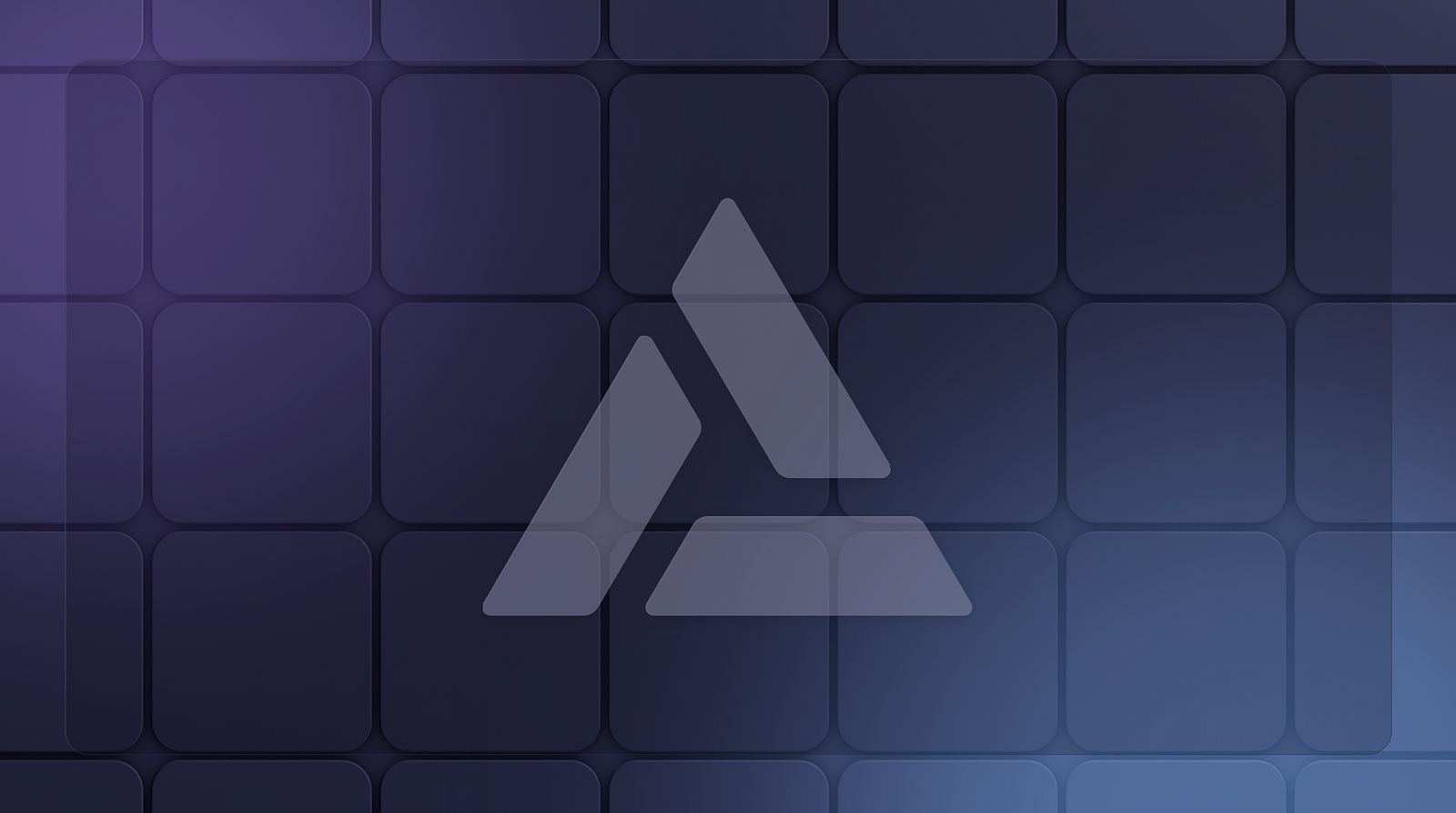
The blockchain company seeks feedback from bundlers and provides a JSON-schema for sharing the whitelist. An example on Polygon Mumbai shows how paymasters can bypass violations to transfer USDC.
Alchemy aims to establish the first alternative mempool supported by the p2p network, benefiting USDC paymasters. Open questions remain about the schema and entity type specification.
The proposal holds the potential to improve efficiency and accessibility, reducing centralization concerns. However, it is worth mentioning that there will not be a separate ERC specifically for this purpose. The suggestion put forward by Alchemy is being actively debated by all implementers of bundlers at the present time.
Partitura.io + TokenBound Labs+ ERC6551 = NFTs into Wallets
Partitura.io and TokenBound Labs enabled NFTs to function as wallets. This was done with the help of ERC6551. Now users have the option to create, manage, and execute various transactions within one operation.
Previously, fragmented tasks like dressing avatars or managing NFT assets required several transactions. Nevertheless, with ERC6551, they can now be consolidated into just one seamless action. This innovation boosts GameFi experiences through the provision of features such as NPC character creation, NFT equipment purchasing, and automated farming.
Moreover, NFT collections can be changed into Tradable Bearer Assets (TBA) that enable the buying, selling, and transferring of assets in a single transaction.
This convenient and efficient solution has the potential to revolutionize the digital asset ecosystem.
Frax Finance to launch L2 on Ethereum
Frax Finance, a cryptocurrency ecosystem behind the renowned decentralized stablecoin FRAX, plans to launch a second-layer solution called FraxChain on Ethereum.
This was announced in an interview with Sam Kazemian. Utilizing both Optimistic Rollups and Zero-Knowledge Proofs (ZKPs), this new network aims to overcome the scalability problems of the Ethereum blockchain.
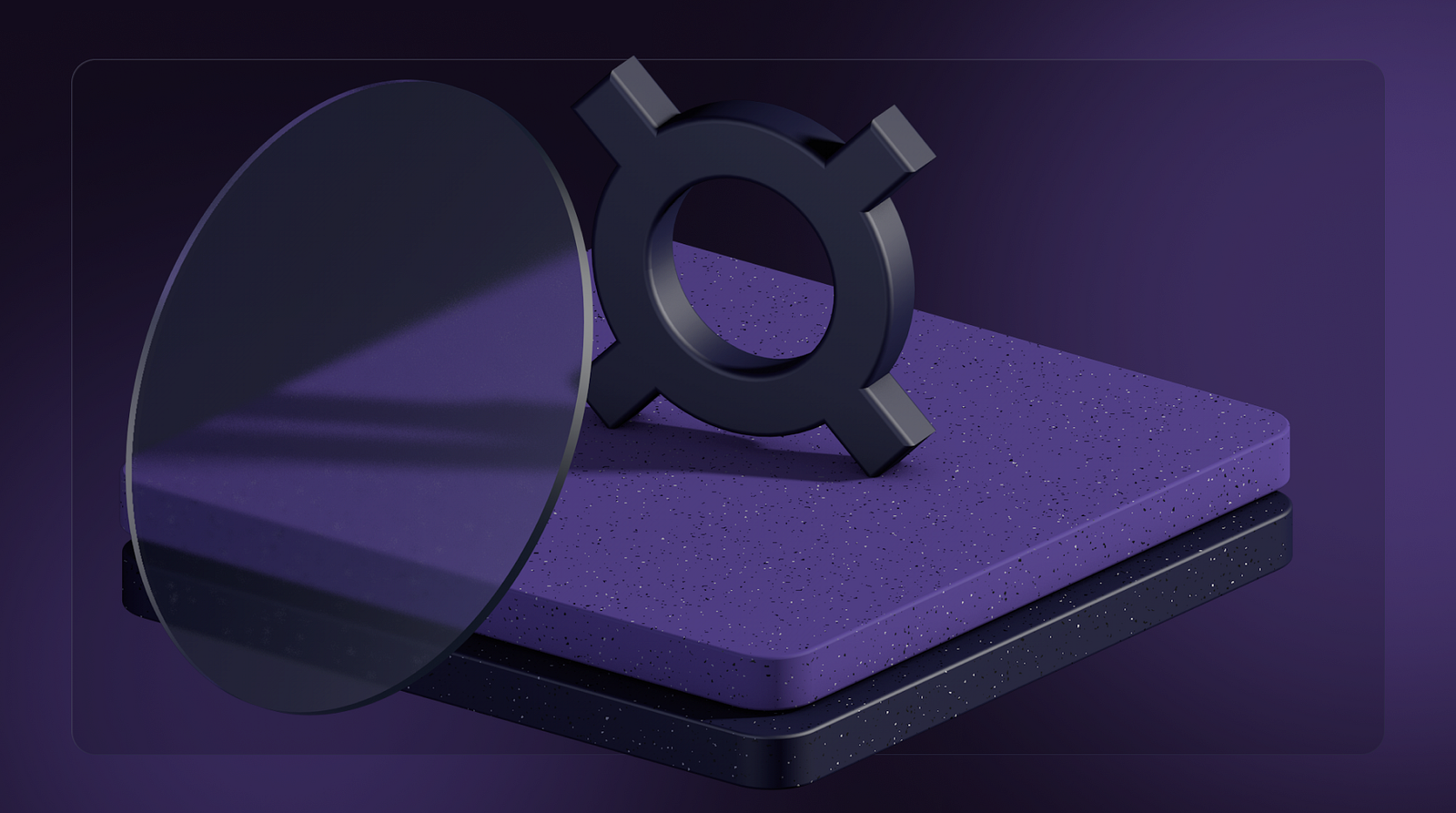
The platform offered by FraxChain will be easy to code in and fully EVM-compatible, providing developers with an environment for various decentralized applications (dApps). Noteworthy, all assets in the Frax Finance ecosystem will be inherently present on FraxChain.
To enhance transactions and gas fees on the network, frxETH will be employed as the main token. Users can bridge their assets to FraxChain using the decentralized bridge known as FraxFerry. Moreover, users can earn an extra yield on their liquidity by restaking their frxETH synthetic assets as sfrxETH.
Several advantages are brought to the L2 ecosystem with the introduction of FraxChain. These benefits include the following:
- faster transaction finality;
- enhanced security through validity proofs;
- increased throughput;
- improved capital efficiency;
- decentralized capabilities.
Q4 of 2023 is the planned time for the launch of FraxChain’s fully functional version.
Ambire: Account Abstraction revolutionizes mobile crypto wallets
Ambire has posted an article that underscores the transformative ability of account abstraction in mobile crypto wallets.
The user experience is simplified by AA because it decouples accounts from key pairs, enabling users to secure their wallets with custom logic.
By offering familiar features like account creation with email and password, Ambire Wallet, the upcoming mobile app, bridges the gap between Web2 and Web3.
A multi-signature approach and the ability to recover lost accounts enhance security. By utilizing batch transactions and simplified token approvals, the wallet streamlines dApp interactions and reduces gas fees. The requirement to swap for ETH is eliminated since users can pay transaction fees in any ERC-20 token.
Moreover, Ambire Wallet introduces Gas Tank, allowing users to pre-pay gas fees and offering cashback on transactions.
ZkSync surpasses 800,000 bridging users in 2 weeks
In just two weeks since its launch, zkSync Era, the first zkEVM platform accessible to all Ethereum users, has achieved remarkable milestones. Recent data from Dune Analytics reveals a significant increase in the number of zkSync bridging users, surpassing 800,000 and reaching an impressive count of 960,379.

With this achievement, zkSync Era now holds the title of being the Ethereum Layer 2 network with the highest number of bridging users. The current total value of bridging storage stands at 295,042 ETH.
Historical data indicates that within the past two weeks alone, zkSync witnessed the addition of over 100,000 new bridging users, as the user count exceeded 700,000 on March 26.
zkSync Era, the pioneering Ethereum Virtual Machine zk-Rollup deployed on the mainnet, allows Ethereum dApps to seamlessly transition with minimal adjustments. Competitor StarkWare utilizes a bespoke language called Cairo to enhance its own solution.
Although zkSync Era exhibits immense potential, it does face certain limitations in its nascent stage. Notably, Era is not bytecode compatible with EVM, resulting in approximately 921 ETH currently locked in GemstoneIDO. Matter Labs, the company behind zkSync, acknowledges that conducting thorough evaluations on testnets could have potentially averted such issues.
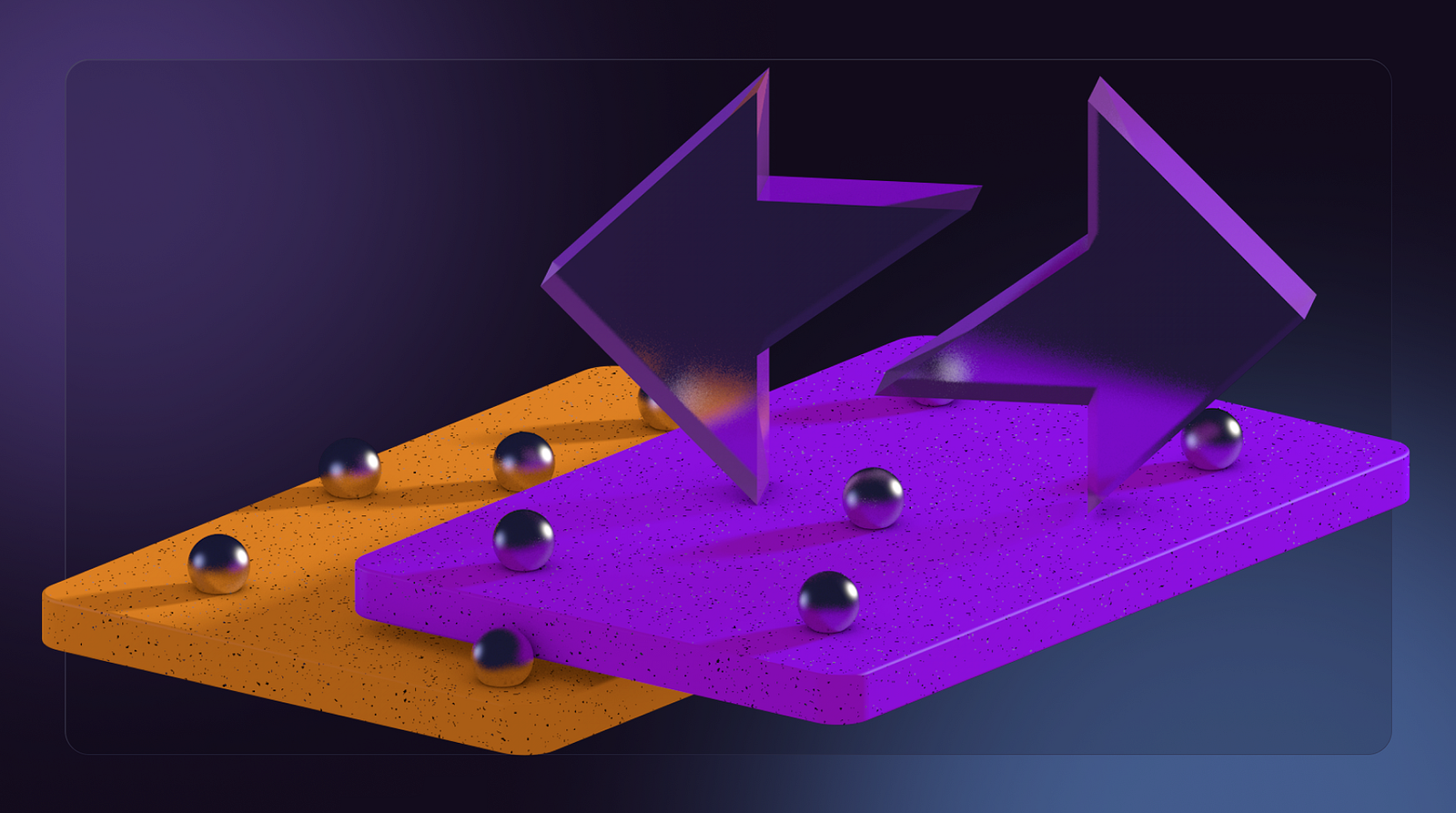
AA guide by BeInCrypto
BeInCrypto, a cryptocurrency news and analysis platform, recently published a comprehensive guide titled “What is Account Abstraction?” This renowned platform explores account abstraction’s potential to transform interactions with the Ethereum blockchain.
The guide addresses different aspects of AA, its benefits for users, and the functioning mechanism. It looks into different applications like multi-signature transactions, social recovery, smart contract interactions, granular security measures, and gas payment flexibility.
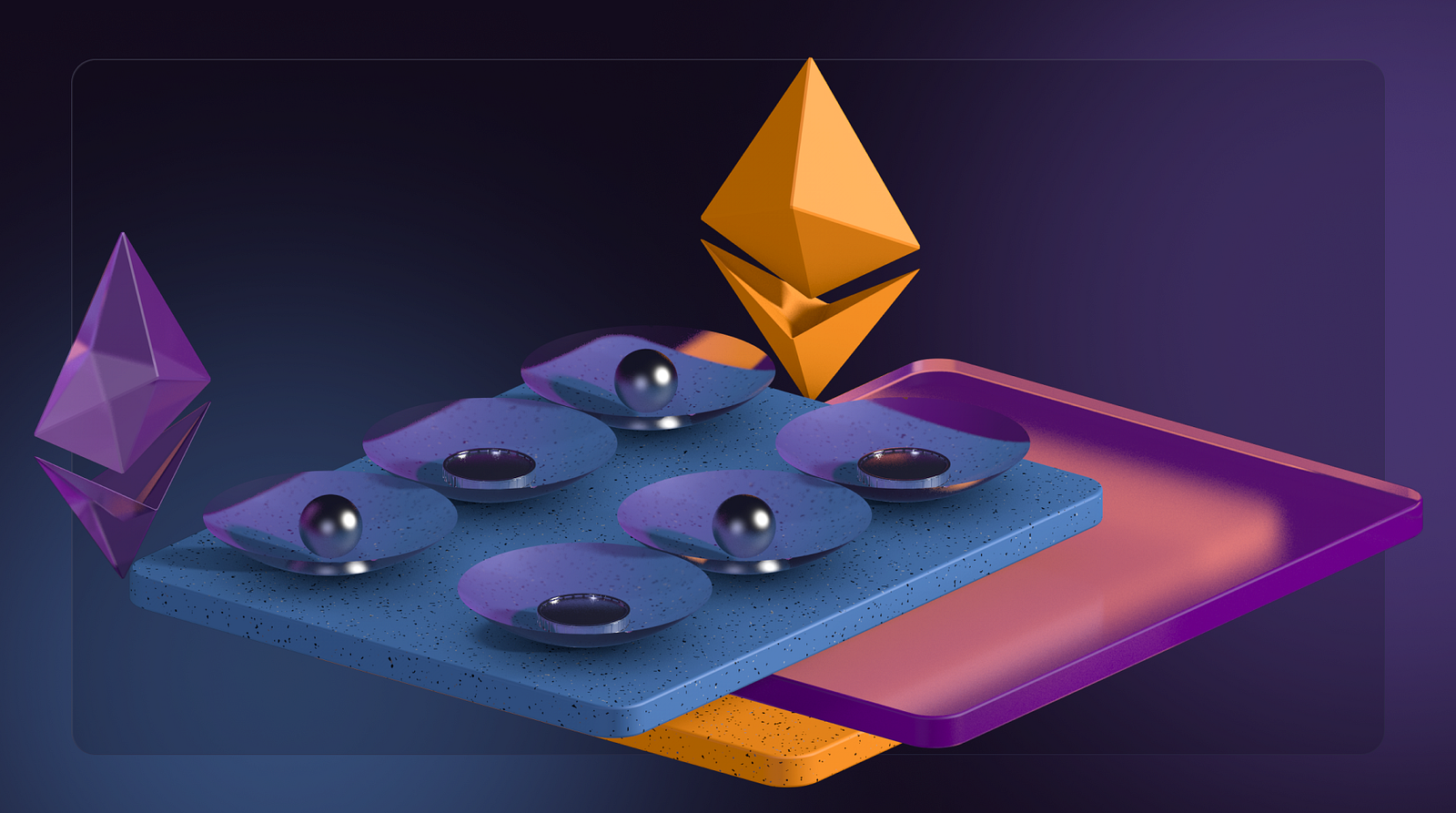
Also, the guide outlines the technical components of account abstraction:
- UserOperation;
- Bundler;
- Entry Point;
- Account contract;
- Paymaster.
It also spotlights the layout and order of account abstraction, as summarized by Vitalik Buterin.
BeInCrypto suggests that AA may play a role in promoting the broader acceptance of Web3 technologies. It may generate a user-focused environment that nurtures trust and confidence among users.
Harmony Improvement Proposal 30
Harmony, “an open and fast blockchain”, is actively developing platform initiatives focused on network utilization, decentralized finance primitives, and generative AI products.
Their dedication to account abstraction, which aims to boost the efficiency and functionality of the blockchain, stands out as a notable aspect of their development efforts.
In Harmony Improvement Proposal 30, the company intends to improve network performance and scalability by implementing dynamic sharding and transitioning from four shards to two shards. Moreover, they are aiming to enhance transaction finality from 2 seconds to only 1 second, setting a new industry reference point for fast and secure transactions.
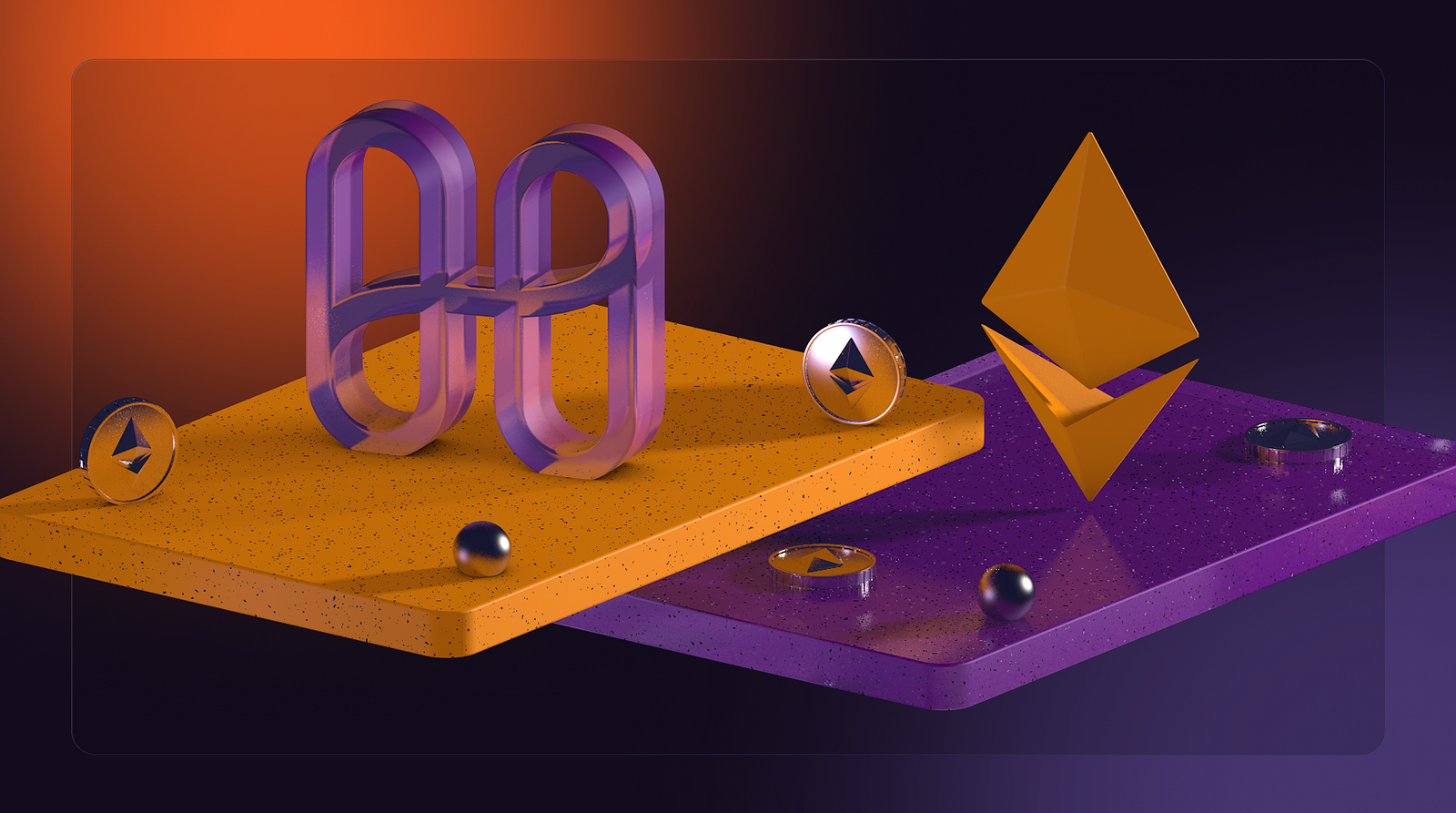
Users and developers on the Harmony blockchain can enjoy substantial benefits with AA. Enabling token metering and shared accounts enhance user access to on-chain payments.
In addition, by merging smart contracts and groundbreaking auctions, account abstraction enables efficient market pricing. In a decentralized manner, it enables the uncovering of supply-demand dynamics.
To ensure both data privacy and security, Harmony will leverage zero-knowledge proofs and cryptography, enforcing strong measures to protect sensitive information on the blockchain.
All of that opens doors for a smoother and more user-centered experience on the Harmony platform.
Talking about continuous development, we want to share the 11th chapter of the ERC4337 Core Devs call. You are more than welcome to take a look:
Subscribe to Etherspot’s Everything About Account Abstraction Newsletter!
Start exploring Account Abstraction with Etherspot!
Listen to the latest Inside Crypto episode – “Wallet and Abstraction Technologies: The Future of Cryptocurrency” with Etherspot’s CEO Michael Messele & Crian Padayachee.
- Learn more about account abstraction here.
- Head to our docs and read all about the Etherspot SDK.
- For a plug & play integration, review the BUIDLer react component.
- Explore our TransactionKit, a React library for fast & simple Web3 development.
- Follow us on Twitter and join our Discord.
Is your dApp ready for Account Abstraction? Check it out here: https://eip1271.io/
Get In Touch:
Website | Twitter | Discord | Github | Telegram
Powered by Etherspot
BUIDLer React Component | TransactionKit | Pillar Wallet | AirdropMe

